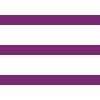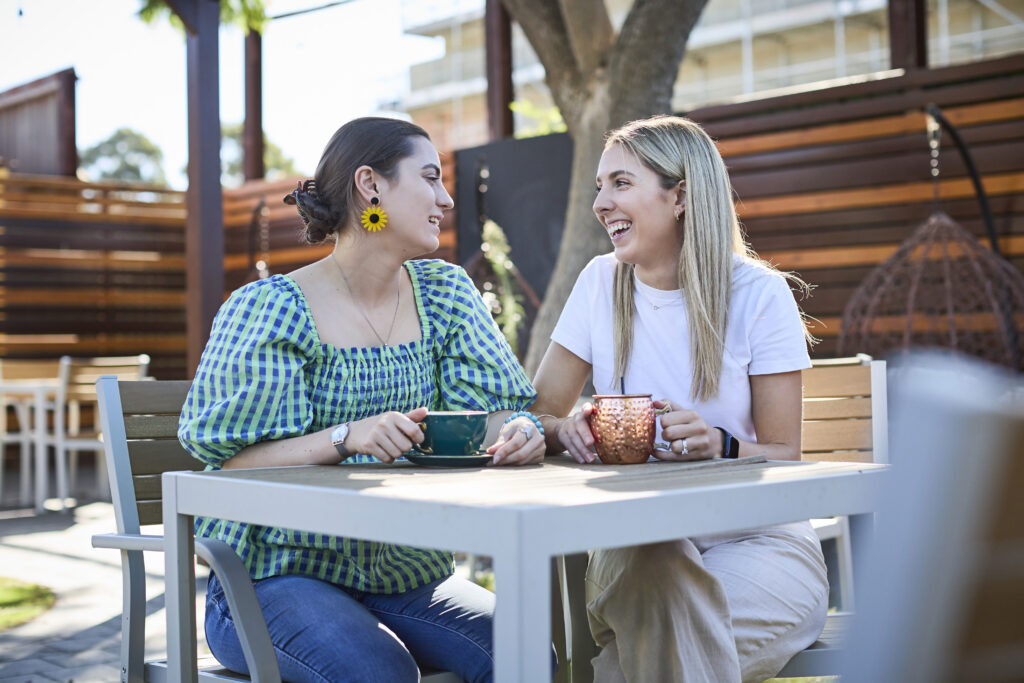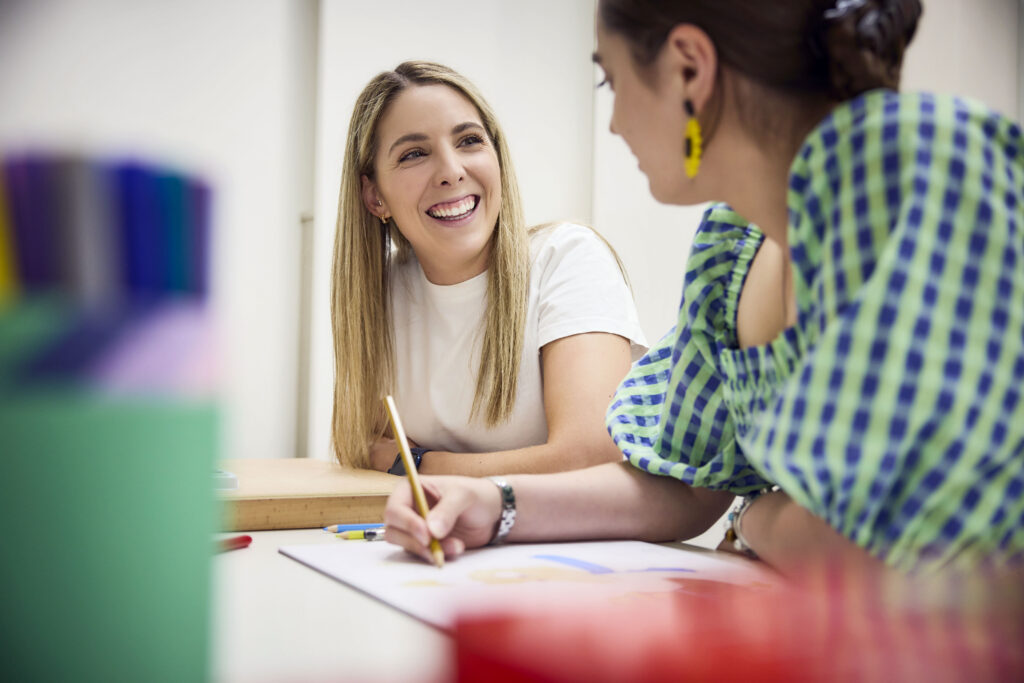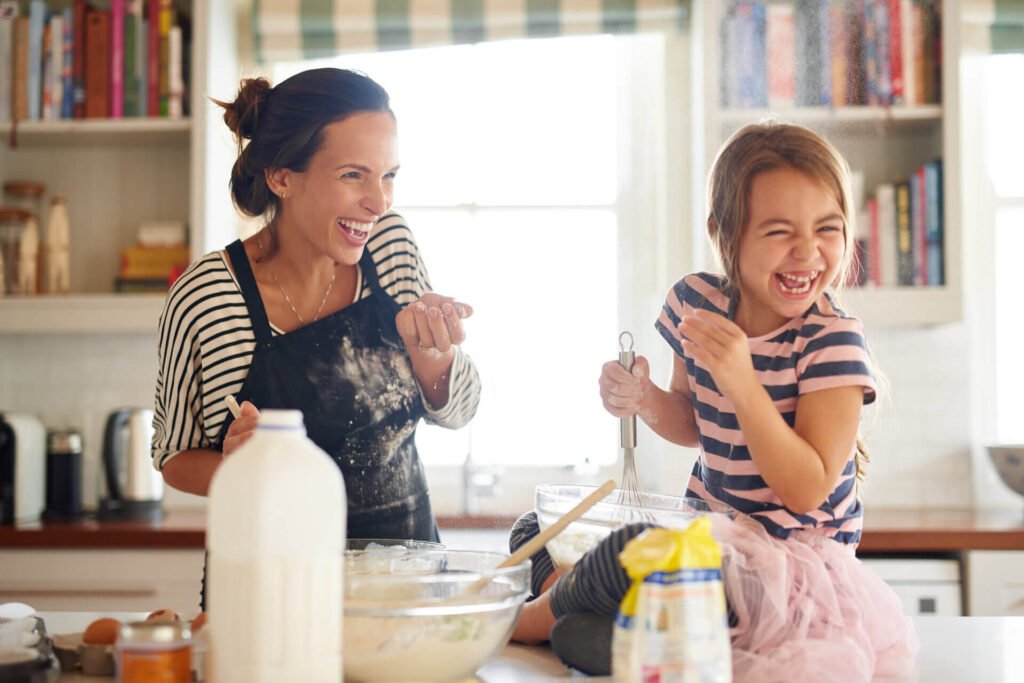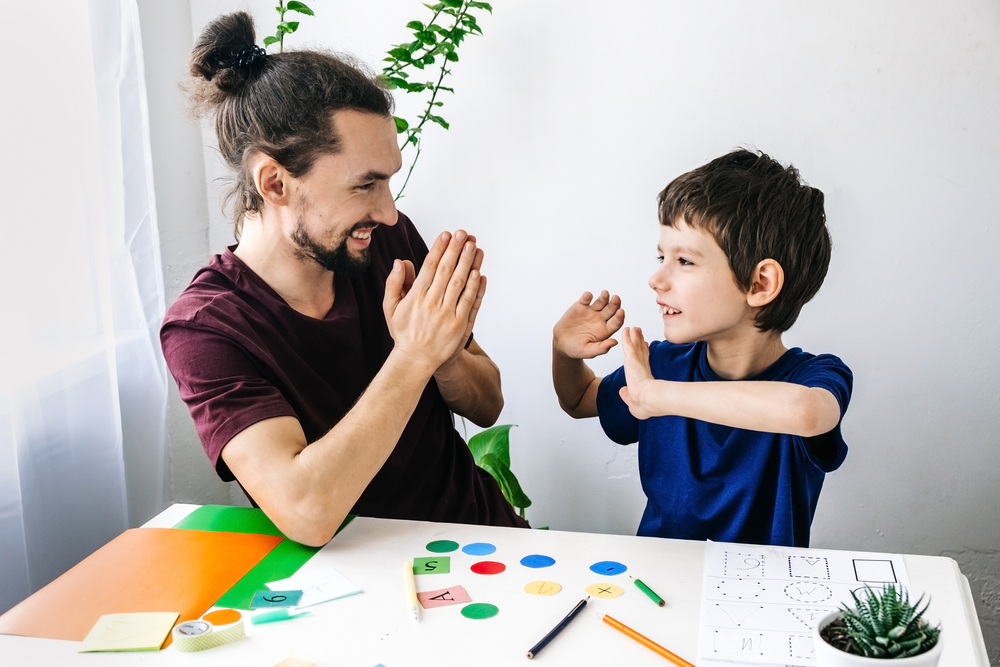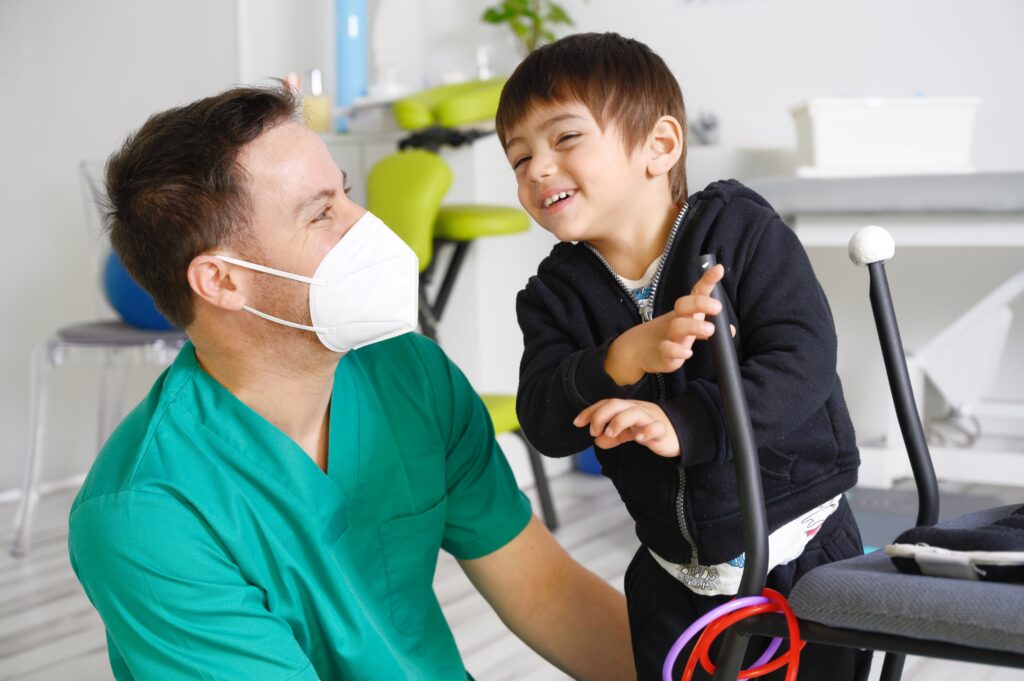Helping anxious kids and teenagers
By Karen King
All children and adolescents will experience fear and worry that is developmentally appropriate and transient in nature.
For example, a large dog may cause a toddler to scream and run in fear.
A young child may initially be fearful and clingy when dropped off at school. An older child may worry about performance on an upcoming test.
Or a teenager may worry about being included by peers.
These experiences are a normal aspect of childhood development.
Signs of anxiety in children and adolescents
However, an anxiety disorder differs from developmentally appropriate fear and worry when distress exceeds what is typical for the child’s age and persists for a long timeframe.
Anxiety in children and teenagers may be expressed as:
- Thoughts– intense worry and distress about events or activities that often appears to come from nowhere.
- Feelings– fear of what might happen, or shame associated with inadequacy.
- Behaviours– school refusal, withdrawal from social activities, irritability towards others, disturbed sleep, or difficulties concentrating.
- Body sensations– strong physical symptoms such as nausea, headaches, dizziness, shortness of breath, racing heart, muscle tension, or feeling fatigued.
The most common forms of anxiety in children and adolescents are separation anxiety, social anxiety and generalised anxiety.
Included below are some signs that parents may be aware of:
- Separation anxiety– complains of feeling sick when separating from attachment figure; school avoidance; worry about getting lost; getting upset when parents go out; afraid of something terrible happening to mum or dad.
- Social anxiety– shy; few friends; difficulty meeting new people and joining in groups; avoid interacting with peers; believe others will think badly of him or her; scared of asking or answering questions in class.
- Generalised anxiety– overly conscientious; worry about making mistakes; worry about money, bills, family, health, safety, news, scary movies; afraid of new situations; ask lots of questions; continuously seek reassurance.

Treatment for anxiety
Cognitive Behaviour Therapy (CBT) is an effective, evidence-based treatment for children and teenagers to reduce anxiety symptoms and develop long term strategies to protect against relapse.
Throughout the therapeutic process, the child develops understanding of how his or her thoughts, feelings, behaviours and bodily sensations are inter-linked.
It’s important to create insight into how these elements work together in a pattern which keeps the problem going.
New patterns are then able to be developed by challenging unhelpful thoughts, noticing and accepting feelings, trialling alternative behaviours, and introducing relaxation techniques to calm overwhelming body sensations.
For older children and adolescents, it’s also useful to consider how developmental factors have led to a current view of self and the world.
Want to learn more?
At Early Start Australia, we offer a range of early childhood intervention services, such as children’s occupational therapy, psychology, paediatric physiotherapy, and speech therapy for kids, so you and your child can move forward with confidence.
Our multidisciplinary team will work tirelessly together with you to understand your child and how we can help them with the right strategies and tailored therapies.
Like you, we want to give your child every opportunity for a happy and healthy life.
If you want to learn more or see how we can assist you in giving your child the best early start to life, please give us a call.
With a local clinic near you, we are ready to give you a direct assessment of your child and work on reaching your family’s goals.
Resources for parents
Here are some books that may be useful for parents who would like to seek assistance for their child to manage fears, worries and nervousness:
- Aspden, L. (2015). Help! I’ve got an alarm bell going off in my head! How panic, anxiety and stress affect your body. London, UK: Jessica Kingsley Publishers.
- Huebner, D. (2005). What to do when you worry too much: A kid’s guide to overcoming anxiety. Washington, DC: Magination Press.
- Lohmann, R.C. (2014). Teen anxiety: A CBT and ACT activity resource book for helping anxious adolescents. London, UK: Jessica Kingsley Publishers.
- Tompkins, M.A., & Martinez, K.A. (2009). My anxious mind: A teen’s guide to managing anxiety and panic. Washington, DC: Magination Press.
- Rapee, R.M., Wignall, A., Spence, S.H., Cobham, V., & Lyneham, H. (2008). Helping Your Anxious Child: A Step-by-Step Guide for Parents (2nd ed.) California: New Harbinger Publications.
- Willetts, L., Waite, P., & Tay, K. (2014). Can I tell you about anxiety? A guide for friends, family and professionals. London, UK: Jessica Kingsley Publishers.


